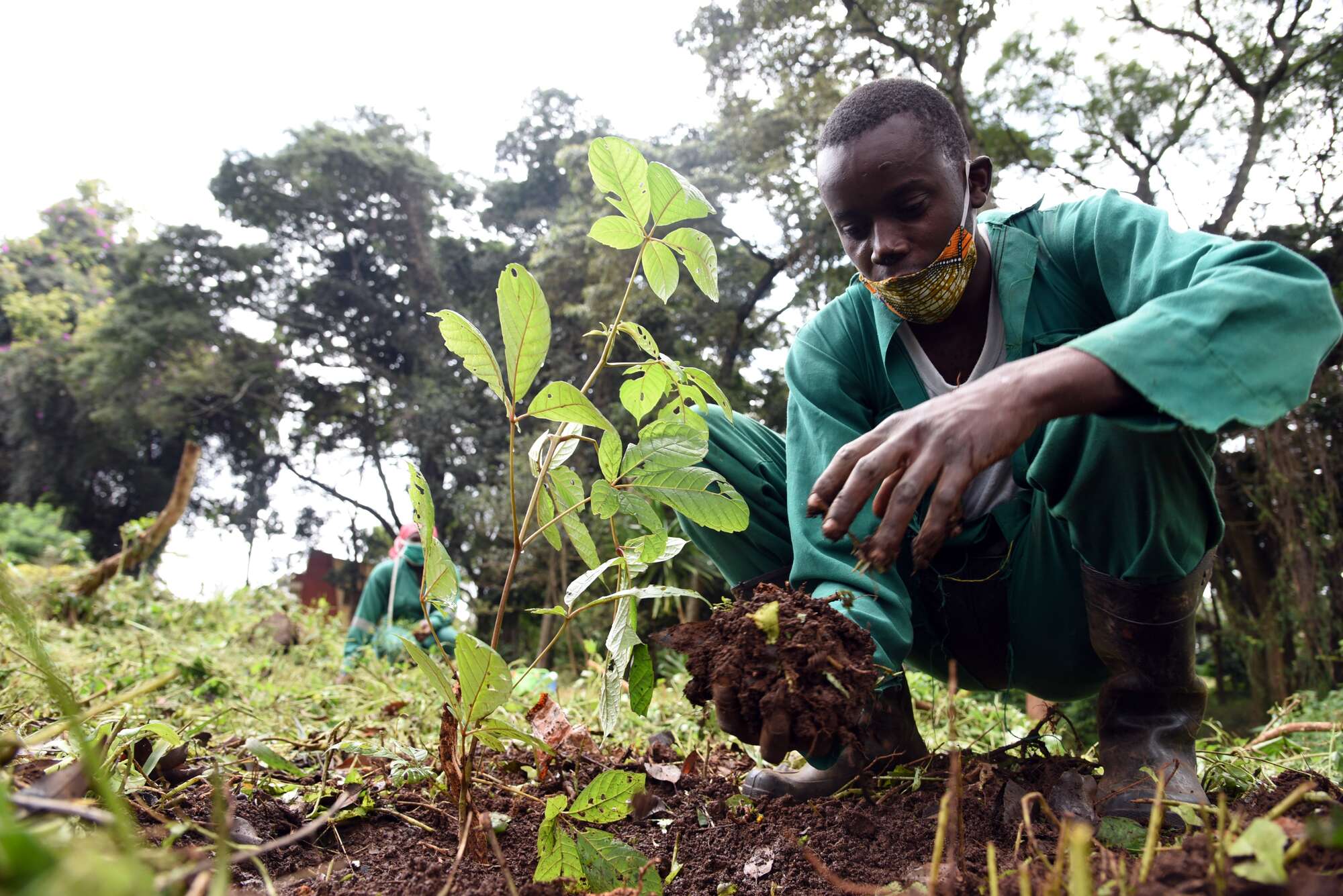[ad_1]

The UN Convention to Combat Desertification (UNCCD) has concluded that over 100 football pitches worth of healthy land is lost every minute in Africa.
While officially launching the first-ever data dashboard compiling national reporting figures from 126 countries showing drought and land degradation rapidly advancing around the world, UNCCD says that between 2015 and 2019, the world lost at least 100 million hectares of healthy and productive land each year.
“These statistics underscore the need for urgent action, as escalating land degradation continues to destabilise markets, communities, and ecosystems around the globe. The UNCCD Data Dashboard launch comes at a critical juncture as world leaders and experts will soon gather in Samarkand, Uzbekistan, from November 13-17, for the 21st session of the UNCCD Committee for the Review of the Implementation of the Convention,” UNCCD said.
Read: Will agroforestry solve food crises?
“The first-ever UNCCD Data Dashboard offers insights into rapid loss of healthy and productive land around the world, with dire consequences for billions of people. We are also seeing some ‘brightspots’ — countries effectively tackling desertification, land degradation and drought. As we gather in Uzbekistan next month to review progress towards ending land loss, the message is clear: land degradation demands immediate attention,” UNCCD Executive Secretary Ibrahim Thiaw said.
The findings further show that land in Sub-Saharan Africa is degrading much faster than the global average. “Data reveals that 163 million hectares of land in sub-Saharan Africa succumbed to land degradation since 2015. This is more than 100 football pitches worth of healthy land lost every minute between 2016 and 2019. Some 336 million hectares — around 12 percent of the reported land area — is considered degraded across African continent, based on 40 national reports and 12 country estimates drawn from global data sources,” UNCCD experts highlighted while adding that a staggering 38 percent of the reported land area and 30 per cent of the reported population are directly impacted by drought.
“In the Sahelian and Sub-Saharan regions degrading land jeopardizes farmers’ livelihoods and shapes economies heavily reliant on agriculture, with impacts extending to public health and education, while also destabilizing regional and global trade.”
According to the Un body, Sub-Saharan Africa, Botswana reduced land degradation from 36 percent to 17 percent of its territory.
Read: Shortage of native species, seed, hamper tree planting
“The country has committed a total of 45.3 million ha to land degradation neutrality, including both measures to avoid further degradation as well as restoration interventions in selected land degradation hotspots. Botswana also reported 1.42 million hectares as “brightspot” areas, or areas that have been rehabilitated by implementing appropriate remediation activities.”
Although land degradation varies by region, UNCCD data warns that if current trends persist a staggering 1.5 billion hectares of land will need to be restored globally by 2030 to reach land degradation neutrality (LDN) targets enshrined in the Sustainable Development Goals (SDGs).
“Although global trends are going in the wrong direction, it is still possible to not only meet but exceed land degradation neutrality goals. This can be done by stopping further degradation while accelerating efforts on existing commitments to restore one billion hectares of land by 2030 with funding and action hand-in-hand,” Barron Orr, UNCCD Chief Scientist said.
UNCCD further noted that 31 African countries have committed to achieving Land Degradation Neutrality (LDN) by 2030.
“These nations collectively accounted for 50 percent of the 484 reported targets reflected in the Data Dashboard, showing a promising commitment towards building a more resilient future. Between 2016 and 2019, approximately $5 billion in bilateral and multilateral funding flowed into global efforts to combat desertification, land degradation and drought,” the UN body added.
“This helped 124 nations roll out a wide range of projects aimed at achieving land degradation neutrality and addressing the challenges posed by desertification, land degradation and drought.”
[ad_2]
Source link



